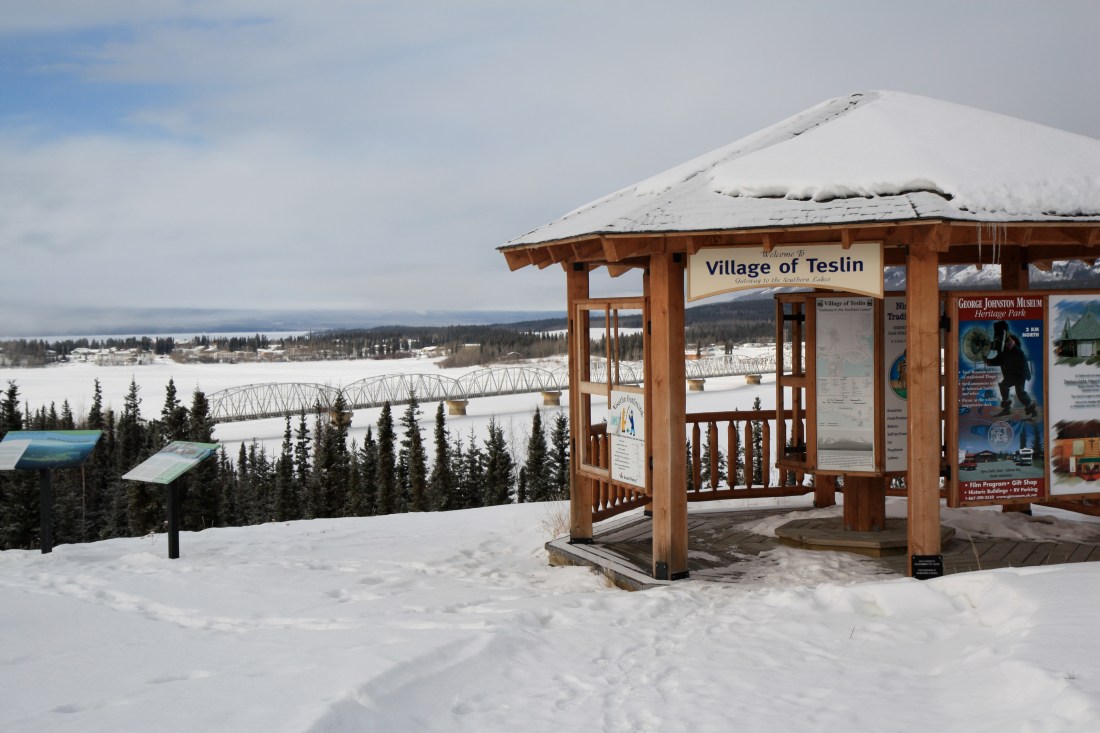In October 2010 the wife and I headed to upstate New York for the regrettable task of combing through her parents' home after her mother passed away and before the house was sold. Like so many generations before us, it was our job to comb through the accreted objects of two lifetimes and find anything … Continue reading 5 Photos: Decades of life revealed after death
Tag: photos
5 Photos: Death Valley 2004
If February 2004 my wife and I escaped the Alaskan winter to find a little time in the southern California sun. I'd been working for an Alaska Native Corporation on a military contract at Fort Irwin, staying in Barstow, so I'd been getting to know the Mojave a little better, but I never had enough … Continue reading 5 Photos: Death Valley 2004
5 photos: Earthquakes and The Lost Coast in 1992
I'm trying out something new here -- limiting myself to 5 photos from my collection, and telling the story around those images. Immediately after finishing my junior year of college I took a trip. This was late April 1992. No parents. No friends. No cell phone. No GPS. I flew from Ohio to San Francisco, … Continue reading 5 photos: Earthquakes and The Lost Coast in 1992
2010: Alaska to Missouri
I've driven between the midwest and Alaska a total of 6 times: 1996 Ohio to Alaska / 1996 Alaska to Ohio 2001 Kentucky to Alaska 2010 Alaska to Missouri 2010 Ohio to Alaska 2013 Alaska to Ohio And I've got some photos from these epic 4,000-mile journeys. This post is the third post in the … Continue reading 2010: Alaska to Missouri
Fire
I love a good fire. Last year we picked up a Solo Stove and I enjoyed it through the summer. And as spring turns to summer here in Ohio, the stove is back out and warmed up. Here are a few fire photos from the collection to warm you up. I grew up in a … Continue reading Fire




